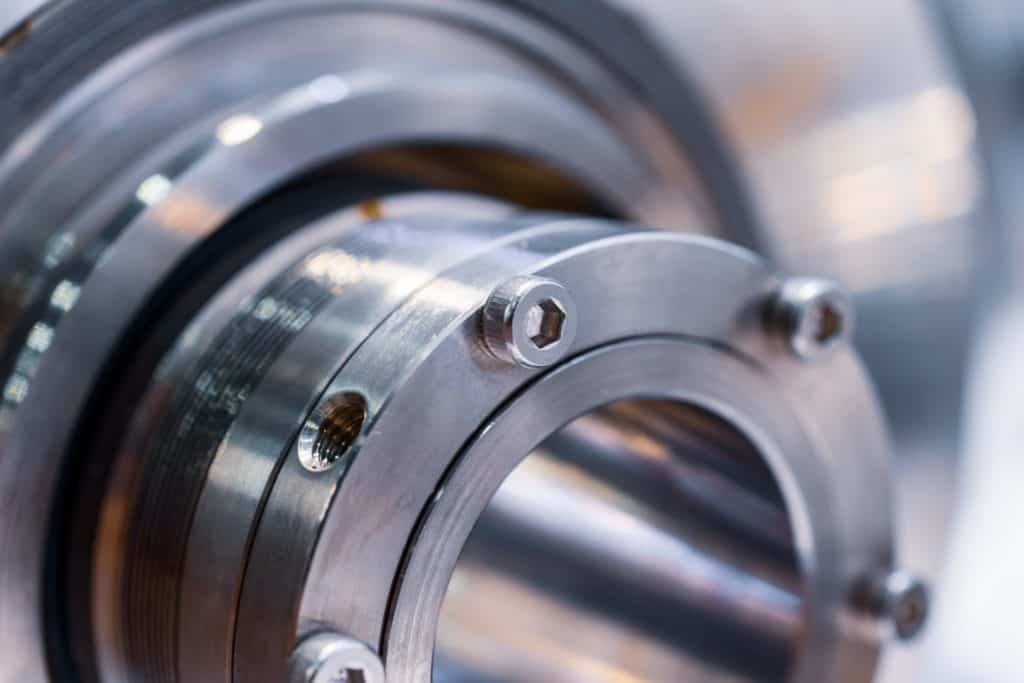Any operator who has ever pumped slurry will tell you how difficult a job it can be. It is one of the most challenging fluids to process because it involves a lot of extra variables. Slurries can contain a high amount of solids and will typically have a much thicker consistency than normal fluids. They can be abrasive and corrosive. They can settle quickly if not in constant motion. They can add a lot of wear and tear on your pump system and they require a lot more power to pump than water and other simple liquids.
Understanding Slurry Pumping
The good news is that the more you increase your knowledge and experience in dealing with pumping slurry, the more refined your processes will be come. Perhaps most important is knowing how to select the right pumps for the slurry being processed at your plant. This can be the difference between success and failure. You can maximize uptime and minimize downtime while saving on long-term operating costs by using the right equipment for the job at hand.
The term “slurry” applies to any mixture of fluid and a pulverized solid. Many industries use slurries to effectively handle solids. Examples include mining, power generation and steel processing foundries. Slurries are generally divided into two categories:
- Non-Settling, consisting of very fine particles and giving an illusion of increased apparent viscosity. These slurries generally have lower wearing properties than “settling” slurries. However, they do not behave in the same way as normal liquids and pump selection is still critical.
- Settling, consisting of coarse particles that tend to form a more unstable mixture. These slurries have much higher wear properties. When selecting a pump for a settling slurry, it is important to pay attention to flow and power calculations.
Selecting a Slurry Pump
Choosing the right slurry pump requires a careful process. First, consider the type of slurry you are pumping and the amount of slurry you are processing. This will help you determine the size and configuration of the pump.
Next you’ll need to look at basic pump components, including the impeller size and design, construction material and discharge configurations. Most slurry pumps are larger in size compared to standard low-viscosity pumps. They require more horsepower to operate and will usually not be as energy efficient. Selecting and configuring the ideal pump for the application will make a difference in pump durability, system efficiency, energy usage and downtime for repairs and maintenance.
Pump Options and Operating Tips
The most common type of slurry pump is a centrifugal pump design. They use centrifugal force with a rotating impeller to effectively move the slurry through the pump. There are a few other tips you can follow to minimize downtime and maximize the overall operating lifespan of your slurry pump:
- Run your pump fast enough to prevent solids from settling and lines from clogging, but not so fast that it wears out too quickly. The sweet spot is usually the lowest possible operating speed that keeps solids from settling and clogging.
- Lower the pump’s discharge pressure. This will help reduce wear and tear over the lifespan of the pump.
- Use the right piping system and follow standard piping principles. This will help ensure constant and uniform delivery of slurry to and from the pump.
For more help in selecting, configuring, installing and maintaining the perfect slurry pump for your operation, contact Cortech Engineering today. We’ll help you make the right decisions and minimize the challenges you face with slurry pumping. Call us or visit our website for more information and guidance in slurry pump selection.

